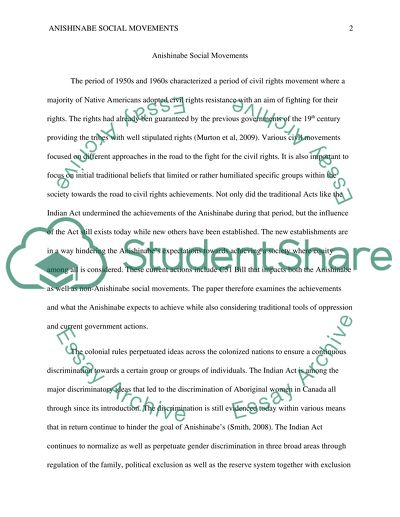Cite this document
(Anishinabe Social Movement Essay Example | Topics and Well Written Essays - 1500 words, n.d.)
Anishinabe Social Movement Essay Example | Topics and Well Written Essays - 1500 words. https://studentshare.org/culture/1685996-anis2007
Anishinabe Social Movement Essay Example | Topics and Well Written Essays - 1500 words. https://studentshare.org/culture/1685996-anis2007
(Anishinabe Social Movement Essay Example | Topics and Well Written Essays - 1500 Words)
Anishinabe Social Movement Essay Example | Topics and Well Written Essays - 1500 Words. https://studentshare.org/culture/1685996-anis2007.
Anishinabe Social Movement Essay Example | Topics and Well Written Essays - 1500 Words. https://studentshare.org/culture/1685996-anis2007.
“Anishinabe Social Movement Essay Example | Topics and Well Written Essays - 1500 Words”. https://studentshare.org/culture/1685996-anis2007.


